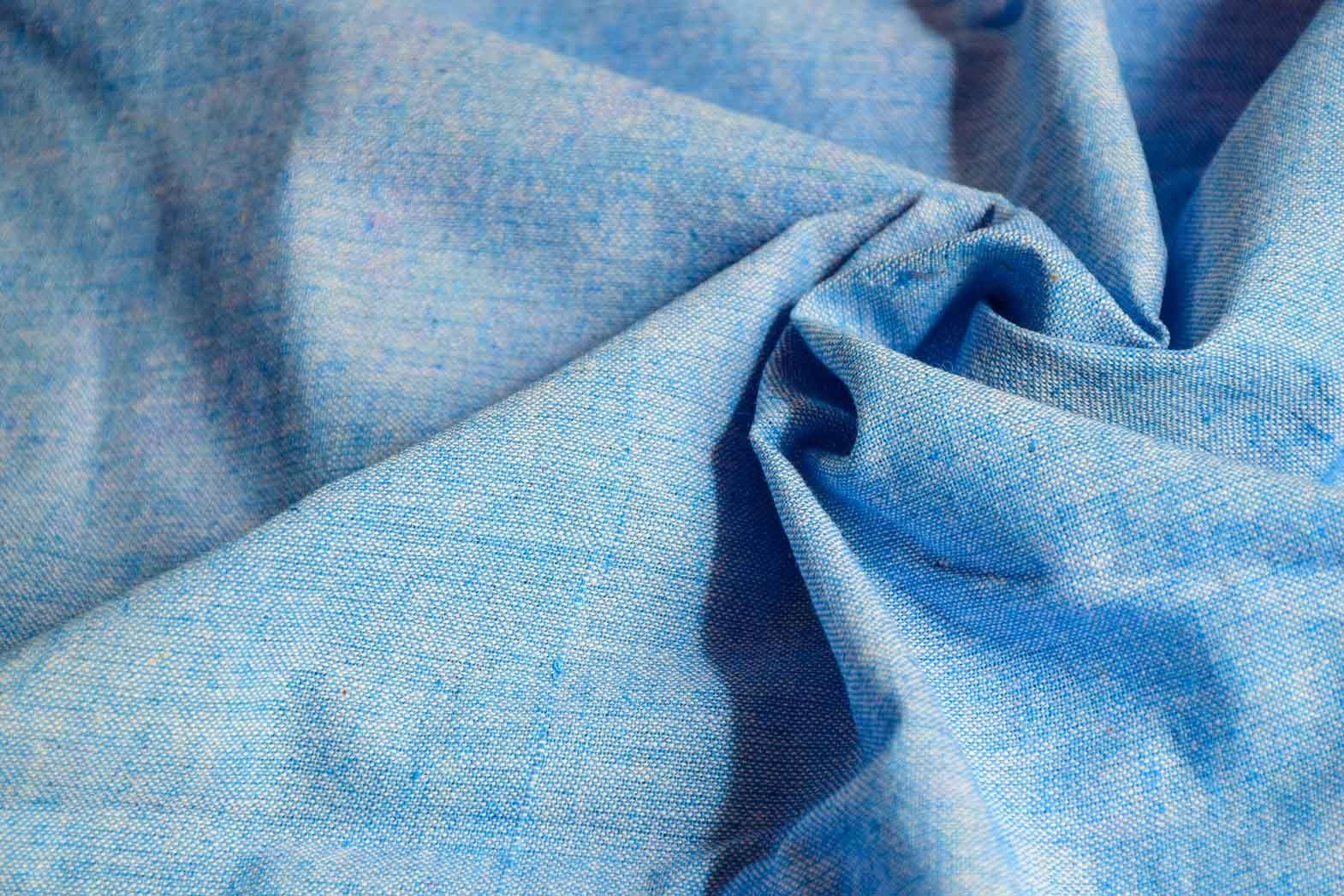Khadi was in existence long before it became popular at the time of Swadeshi Movement - an era when Mahatma Gandhi was promoting locally made goods and insisted the Indians use items made in India instead of using machine made costly foreign items. During that time, due to lack of technologies in India, cheaper raw material was exported to England and then cloth was woven in Britain on machines and then re-imported to India at higher rates.
Presently, there are different varieties of Khadi, which are exported all over the world from India. These varieties are specific to various Indian states and can be listed as under.
|
State |
Type |
Varieties |
Items |
|
West Bengal |
Cotton |
Shirting, Dress Materials |
Muslin 300s, 400s & 500s metric count |
|
Silk |
Shirting, Dress Materials |
Garad, Reeled Silk, Dyed and Printed Matka kete | |
|
Silk |
Saree |
Murshidabad Silk Sarees, Baluchari & Katha-Stich | |
|
Gujarat |
Cotton |
Shirting, Dress Materials |
Kuchchi mirror work |
|
Silk |
Saree |
Patola | |
|
Madhya Pradesh |
Silk |
Saree |
Tassar, Chanderi |
|
Assam |
Cotton |
Bed Spread, Thick Wrapper |
Mooga Endi Laishampee |
|
Silk |
Saree, Shawl |
| |
|
Jammu And Kashmir |
Wool |
Shawl, Furnishing |
Merino Embroidery & Pashmina Shawls / Namda |
|
Himachal Pradesh |
Wool |
Shawl |
Kulu Shawls |
|
Punjab |
Wool |
Blanket/Hosiery/ |
Merino & Mix Merino Sweaters |
|
Coating |
Mix Merino Tweeds | ||
|
Rajasthan |
Cotton |
Shirting |
Upkar, Gavdha, Merino & Polyester |
|
Wool |
Suiting, Blankets |
Wool, Merino & Mix Merino | |
|
Andhra Pradesh |
Cotton |
Shirting/Furnishings & Bed Spreads |
Ponduru Fine, Muslin (DT) Kalamkari |
|
Silk |
Saree |
Dharmavaram Silk, Pochampalli Tie & Dye Sarees | |
|
Tamil Nadu |
Silk |
Saree, Shirting |
Kanjipuram /Polyester cotton blended |
|
Karnataka |
Cotton |
Coating |
DT Coating |
|
Silk |
Saree |
Mysore Silk | |
|
Bihar |
Silk |
Dress Material |
Tassar, Matka |
|
Orissa |
Silk |
Saree |
Bomkai, Sambalpur |
|
Source: Khadi & Village Industries Commission | |||
The present infrastructure set up of the Khadi sector in India speaks volumes about its importance in the Country's Economy.
|
|
Cotton, Silk, Wool & Muslin |
Polyvastra* |
|
Spindles installed |
2.18 million |
0.20 million |
|
Yarn Produced |
25.91 million kgs |
1.45 million kgs |
|
Looms installed |
1,33,270 nos. |
8,727 nos. |
|
Employment |
14.97 lakhs |
0.46 lakh |
|
Total Production |
111.49 million sq.mtrs |
10.05 million sq.mtrs |
|
Sales |
Rs.581.20 crores |
Rs. 42.35 crores |
|
Source: Khadi & Village Industries Commission | ||
*Polyvastra is the handspun yarn and hand-woven cloth obtained by blending Polyester Staple Fiber (PSF) with other natural fibers.
Even after a long time, Khadi is still in fashion. As a new class of fashion designers are exposed to the versatility of this modest fabric, they are trying to make it India's fashion statement. In the modern fashion world, where brands have become the need of the hour, this home spun and hand woven fabrics are truly precious.
Now, designers are coming up with cloths that are made from Khadi and are recognized by celebrities, artists, tinsel town faces and politicians too. With time, a retiring fabric which was once known as poor man's cloth, has become so popular among the rich.








Comments